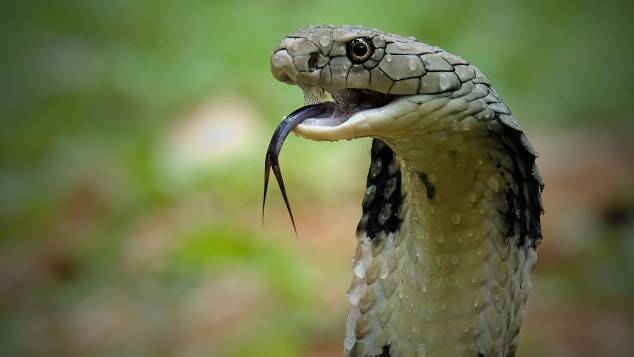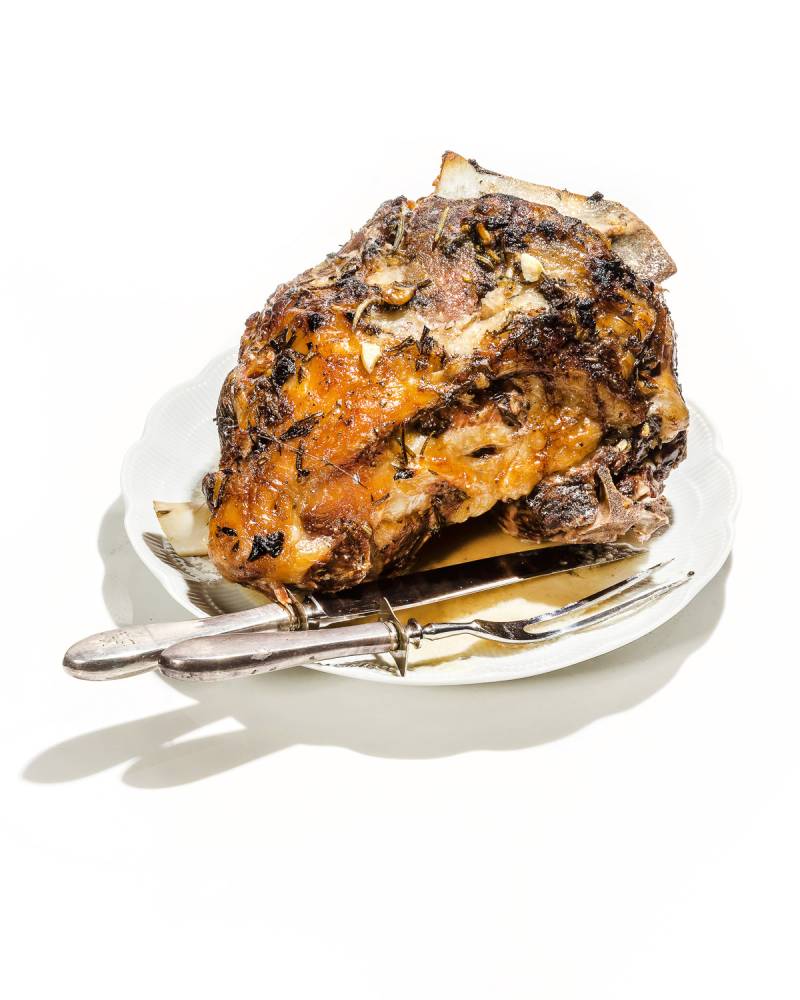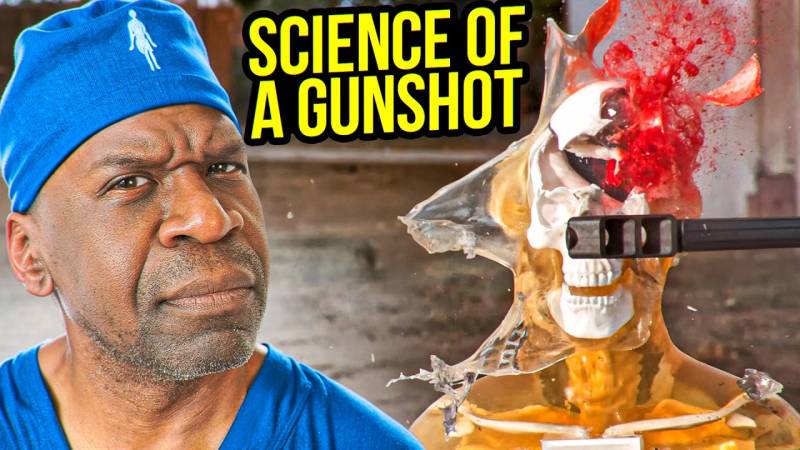Thailand is full of snakes -- more than 200 species, including cobras. That might be unsettling for some people, but it was ideal for Prangmart Charoenwai as a boy in southern Thailand. He was intrigued by the reptiles. He once captured a nonvenomous sunbeam snake, letting it go days later when he couldn't feed it properly. He watched online videos to learn techniques in grabbing them, he told CNN. He saw his first cobra when he was about 15 or 16. "It was quite big," Prangmart, now 39, said. "I later saw that snake spread its hood. I stood there watching its behavior.
Read Also: Elon Musk- Take Twitter CEO Role, Reverse Life Bans
It threatened me, but I felt it was not scary. ... I thought it was beautiful." His fascination and confidence grew, but his good fortune with cobras didn't last. In April 2021, the market owner went out on a mission in Trang province in southern Thailand with his rescue group, which responds to routine emergency response tasks, including snake-catching.
Residents in the area said they were concerned about some king cobras. Prangmart arrived at the site with about 15 team members. They didn't find any cobras the first day, but that changed the next day after some thick brush and overgrown vines were cleared out. "I saw a hole in a big rock where I spotted a snake's tail, and it looked like it was going into that hole," Prangmart recalled. "I ran there quickly, and then used a hook to try to get it out." But the snake eluded the device. "Due to my carelessness, because I have been working in this area for too long, I decided to use my bare hand to snatch the cobra's tail out."
That impulsive grab turned out to be a major miscalculation.
Cobras and their world
Cobras have an extensive range -- from much of Africa into the Middle East, then into India and the rest of South Asia. From there, they continue into Southeast Asia and Indonesia. That puts them in potential contact with billions of people. They belong to the elapid family of snakes, which has roughly 300 venomous species. Coral snakes, sea snakes, mambas and kraits are also in this group.
Residents in the area said they were concerned about some king cobras. PrangmartThere are about 30 cobra species, according to expert Rom Whitaker, who helped start the Madras Crocodile Bank Trust in India. (Its spinoff, the Irula Snake-catchers Industrial Cooperative Society, supplies the venom used to produce life-saving antivenom to India). Whitaker said he uses an approximation of the number of species because cobra taxonomy often changes as experts learn more about the snakes.
Africa accounts for roughly two-thirds of the species. Generally, cobras deliver a neurotoxin, which interferes with nerve impulses and can cause paralysis of the heart and lungs. That's different from that of many vipers, such as rattlesnakes. They generally have a hemotoxin that attacks the blood vessels and causes bleeding and tissue damage. But Nick Brandehoff, who practices emergency medicine and medical toxicology in Colorado and California, said he and other experts are learning that snake venom is more complicated than that simple breakdown. Some elapids have hemotoxic properties, and some vipers have neurotoxic properties. It can vary from snake to snake.

Either way, venomous snakebites are a serious problem in many tropical regions. Only an average of five people die a year of venomous snakebites in the United States, according to the US Centers for Disease Control and Prevention. But the World Health Organization estimates around 81,000 to 138,000 people die each year worldwide from snakebites, while about three times that many people live with permanent disabilities.
Aggressive or defensive?
Despite the high number of deaths and envenomings (bites in which venom is delivered into the body), don't assume cobras are aggressive. "Cobras are shy snakes, and though they make a dramatic show when cornered and alarmed, rearing up, spreading a hood, and hissing loudly, this is stark fear, not aggression," said Whitaker. "The snake only wants to be left alone." Brandehoff, who helps run the Asclepius Snakebite Foundation, added that "they're typical of most other snakes in that they don't want human contact." And he emphasized cobras don't chase people.
Kim Gray, curator of herpetology and ichthyology with the San Diego Zoo Wildlife Alliance, cited another reason cobras don't like to bite people. "Venom is valuable to the snake, and it is used to immobilize prey and begin the digestion process, which the snake needs because it eats whole food items and has no limbs to help it in this process," Gray said. "So it does not want to waste its venom by recklessly biting and envenoming all the humans it can encounter." Biting is a last resort if its typical warning signs to back off don't work, she said.
Are tourists at risk?
The vast majority of cobra bites happen to agricultural workers in fields and other locals, often low-income people living in easy-to-enter dwellings and who sleep on the floor, Brandehoff said. "Though people have an idea that the 'jungle is full of snakes,' that's really not true," Whitaker added. "Cobras are most common in agricultural areas thanks to the proliferation of their favorite prey: rats and mice. "Alert snakes like cobras are frightened of humans and usually flee or freeze when a human approaches. The odds of encountering a cobra on the usual tourist routes in India or Thailand are very slim."
People staying in hotels with full facilities in a city have less to worry about than those in rural, rustic facilities, Gray said.
If you do find yourself bedding down in a place more likely to attract cobras, she suggested:
• Keep debris away from the shelter
• Clean up food and grains that might attract rats
• Try to keep furniture higher up off the floor and sleep in an elevated bed.
Whitaker said it is essential to shine a flashlight when walking at night and not put your hands in thick, bushy spots.
What to do if you spot a cobra
The experts are unanimous: Leave the snake alone.
"Move deliberately and calmly away from the snake -- while keeping an eye on its location if possible," Gray said. "Move to an open area free of brush and rock outcrops if possible" if you're outdoors.
"Do not try to restrain it, capture it or kill it with a broom or shovel or anything," she emphasized.
Brandehoff concurred. "Give it its space. You are a large mammalian predator to them. They do not want to engage you."
Whitaker said that bites "usually don't happen from the strike of a cobra in the hooded posture but ... happen when the snake is stressed by being stepped upon or mistakenly grabbed." What should you do if you chance on a cobra that's already really close and seems ready to strike? "Move quickly away," Gray said. "Human reaction time is so slow compared to their strike so there may not be much you can do -- but typically the trajectory of the cobra's bite is forward and downward, and they are not able to change direction mid-strike, so perhaps a sideways rapid move away from the snake may be beneficial."




